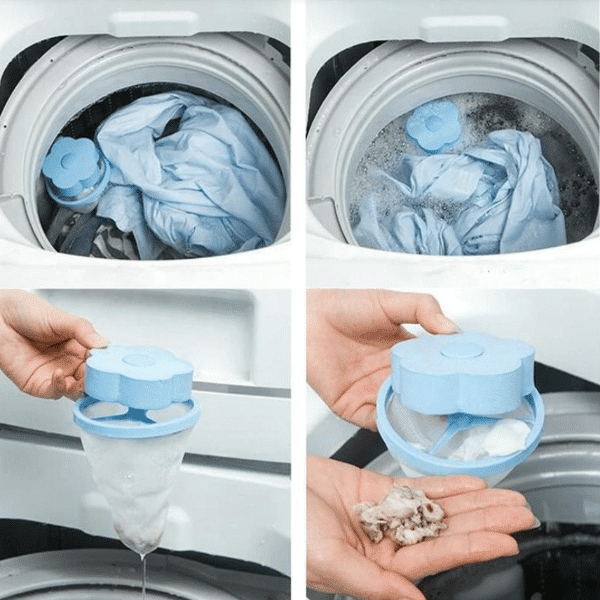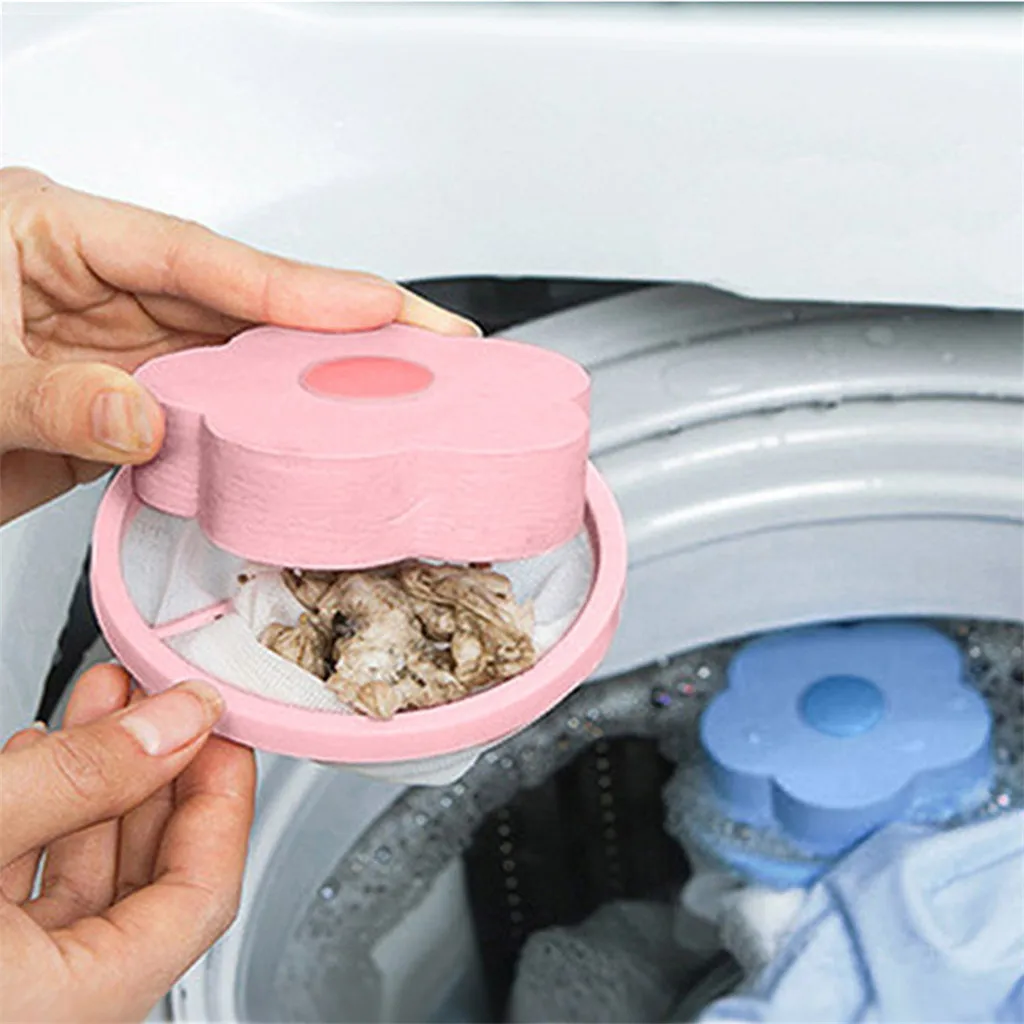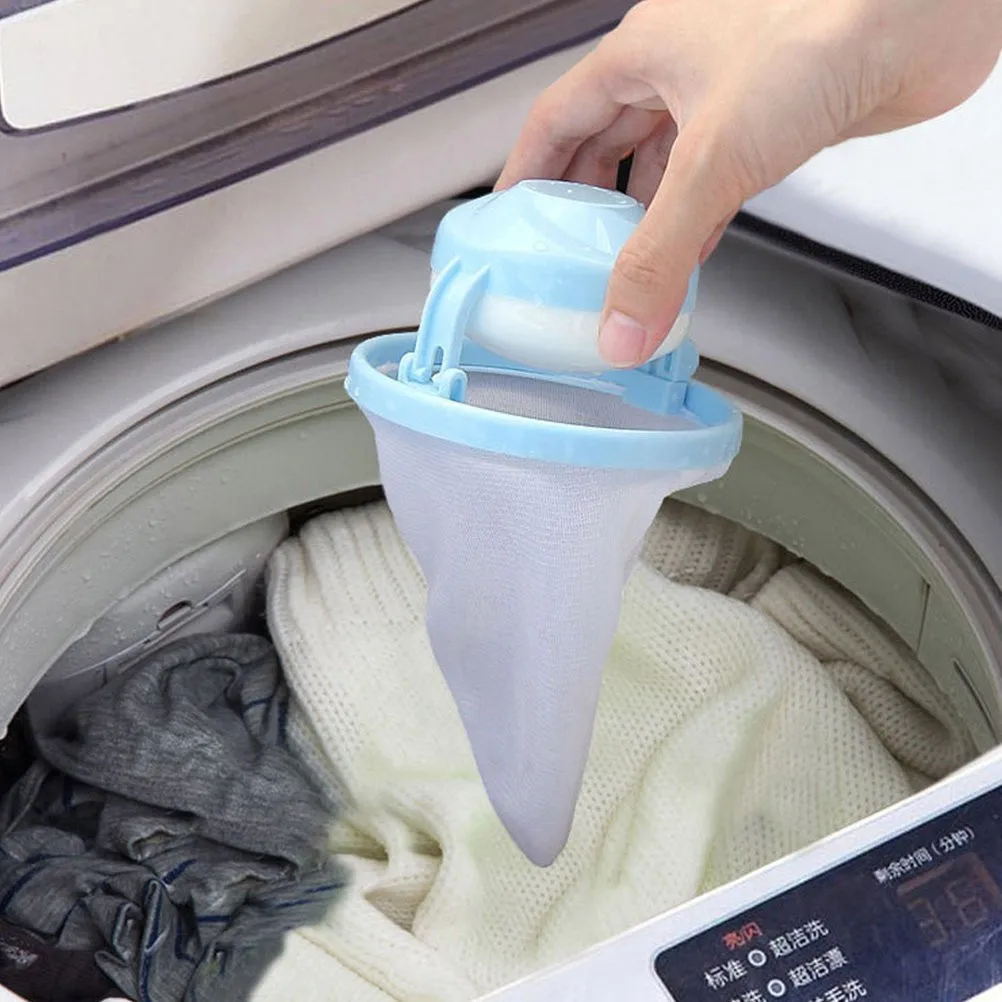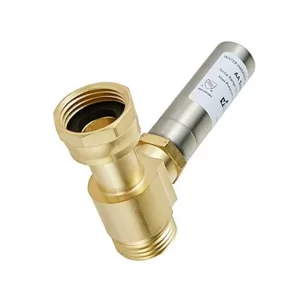Lint in Washing Machines: Causes, Prevention, and Solutions
Lint in washing machines is a common issue that many homeowners encounter. It consists of tiny fibers and particles that accumulate during the washing and drying processes. While it may seem like a minor inconvenience, the presence of lint can have significant effects on your laundry and the functioning of your washing machine. In this article, we will delve into what lint is, why it forms, its impacts, and how you can prevent and manage lint in your washing machine.
What is Lint?
Lint is primarily composed of tiny fibers that break off from clothing and other textiles during the washing process. It can come from a variety of sources, including natural fibers like cotton and wool, synthetic fibers like polyester and nylon, and even from bed linens and towels. Understanding the composition of lint is essential for effectively managing it in your washing machine.
The Science Behind Lint
Lint forms when fibers become loose from fabrics. The agitation that occurs in a washing machine causes these fibers to separate and disperse in the water. When the washing cycle is finished, some of these fibers may float away, but many remain behind, clinging to other items in the wash or settling at the bottom of the machine.
The drying process can exacerbate lint accumulation, as it causes fibers to become even looser. Lint is collected in various places, including filters, drum interiors, and even the rubber gasket around the door of your washing machine.
The Impact of Lint in Washing Machines
While it may seem minor, lint can have several impacts on your washing machine and your laundry.
1. Aesthetic Concerns
The primary concern for most people is the aesthetic impact of lint on clothes. Lint can make clothes look dirty, unkempt, or less appealing. For instance, if you dry a black sweater and find white lint all over it, it can be incredibly frustrating, especially if you are preparing for a special occasion.
2. Mechanical Issues
Accumulation of lint inside the washing machine can lead to mechanical problems. Lint can clog pumps, filters, and hoses, impeding water flow and affecting the machine’s overall efficiency. In severe cases, this could lead to costly repairs or even replacement of the machine.
3. Reduced Efficiency
If lint builds up inside your washing machine, it can reduce the machine’s efficiency. This could result in additional energy usage and longer wash cycles, increasing your electricity and water bills.
4. Longer Drying Times
Lint can also affect your dryer. When lint builds up in your dryer vent or lint trap, it restricts airflow, leading to longer drying times. This not only wastes energy but can also cause wear and tear on your dryer.
5. Potential Safety Hazards
In extreme cases, lint can pose safety hazards. A significant lint buildup in a dryer can increase the risk of a fire hazard. Although this is more relevant to dryers, it’s essential to understand that a poorly maintained washing machine can contribute to overall laundry room safety risks.
Causes of Lint Accumulation
1. Fabric Types
The type of fabric has a significant impact on the amount of lint produced. Natural fibers tend to shed more lint than synthetic fibers. For instance, cotton is a notorious lint shedder, while polyester tends to release fewer fibers.
2. Washing Machine Type
Front-load washing machines typically produce less lint as they use a gentler washing motion compared to top-load machines, which can cause more agitation and, consequently, more lint. Additionally, some machines come equipped with built-in lint filters that help reduce lint accumulation.
3. Washing Settings
The washing settings you choose can also impact lint production. Heavy-duty cycles often create more agitation, leading to more fiber shedding. Choosing gentler cycles can help reduce lint accumulation.
4. Overloading the Washing Machine
Overloading your washing machine is a common mistake that can lead to increased lint production. When a machine is overloaded, clothes do not have enough space to move freely, resulting in excess friction that leads to more fibers being released.
5. Maintenance
The frequency and quality of your washing machine maintenance can significantly influence lint accumulation. A unit that is not regularly cleaned may retain lint and other debris, turning it into a more significant issue over time.
Prevention and Management of Lint
Managing lint in your washing machine requires a combination of good practices and regular maintenance. Here are some effective strategies you can follow to prevent and manage lint accumulation.
1. Choose Lint-Reducing Fabrics
If you are looking to minimize lint accumulation, choosing fabrics that shed less is a great start. Fabrics such as polyester tend to release fewer fibers. Consider investing in a mix of fabrics for your laundry to help reduce overall lint production.
2. Use the Right Washing Settings
Opt for gentler washing cycles whenever possible. Using delicate or hand-wash settings can reduce agitation and limit the release of lint into the washing machine. If you are washing heavily soiled items, consider pre-soaking them to lessen the need for a heavy-duty wash.
3. Don’t Overload the Machine
Pay attention to the washing capacity of your machine. Overloading can lead to increased friction between items, resulting in more lint. Follow the manufacturer’s guidelines regarding load sizes to ensure optimal cleaning without excess lint production.
4. Use Lint Traps or Filters
Install a lint trap or filter if your washing machine does not come with one. These are specifically designed to capture lint and prevent it from reentering the wash cycle. Regularly clean your lint trap to maintain its effectiveness.
5. Regular Maintenance
Regular maintenance is crucial for extending the life of your washing machine and minimizing lint buildup. Clean the drum, door gasket, and detergent dispensers regularly. Consider running an empty wash cycle with hot water and vinegar to clear out any accumulated residues.
6. Dry Clothes Properly
Make sure to clean the lint trap in your dryer after each load and consider using a dryer ball or dryer sheets designed to reduce static and repel lint. Also, avoid mixing lint-producing items with those that attract lint, such as towels and synthetic fabrics.
7. Quick Lint Removal Techniques
If you find lint on your clothing post-wash, consider using a lint roller or fabric brush to quickly remove it. Alternatively, some people use tape to lift lint away gently. Functional yet simple solutions can work wonders for keeping your clothes looking clean and fresh.
 Addressing Existing Lint Problems
Addressing Existing Lint Problems
If you are currently facing lint issues in your washing machine or on your laundry, here are some actionable steps to take:
1. Inspect the Machine
Begin by checking your washing machine for visible lint accumulation. Remove items and inspect the tub, door gasket, and other accessible parts. Use a damp cloth or sponge to wipe away any incurred lint.
2. Clean the Lint Filter
If your washing machine features a lint filter, remove and clean it thoroughly. Follow the manufacturer’s directions for cleaning to maintain optimal function.
3. Rinse your Clothes
If your clothes are still covered in lint after a wash cycle, consider running them through an additional rinse cycle. This can help clear out any remaining debris.
4. Wash with Like Fabrics
In your future washes, consider grouping similar fabrics together. Washing towels with cotton shirts may lead to more lint, but washing like fabrics can often minimize lint transfer.
5. Seek Professional Help
If you notice persistent lint issues alongside other mechanical problems, you may want to consult a professional. An experienced technician can assess your washing machine for underlying issues that may be contributing to the lint problem.
Conclusion
Lint in washing machines is more than just an aesthetic issue; it can affect the quality of your laundry, your machine’s efficiency, and even your safety in severe cases. By understanding the causes and impacts of lint, you can take proactive steps to manage and prevent accumulation. Through choosing the right fabrics, using appropriate washing settings, maintaining your machine, and employing effective cleaning techniques, you can significantly reduce lint in your washing machine. With these strategies in hand, you’ll be well on your way to lint-free laundry days, allowing you to enjoy the results of your hard work without the frustration of lint.



